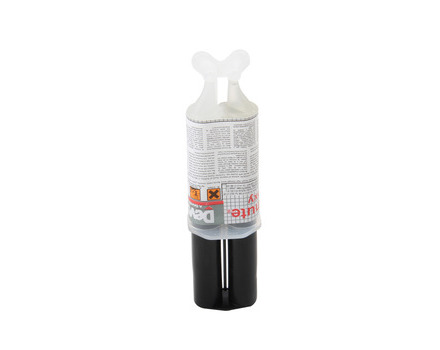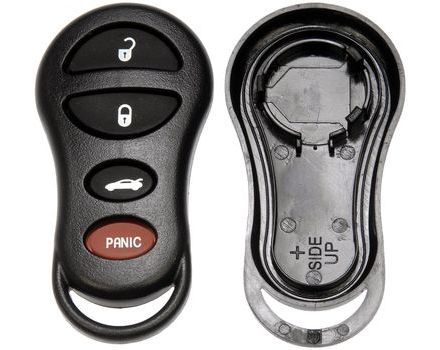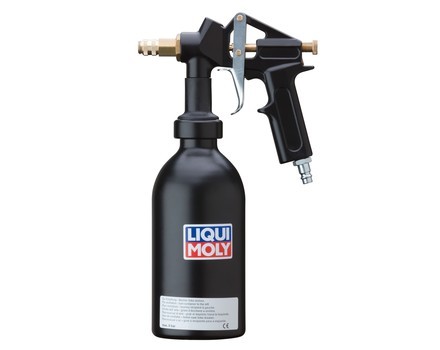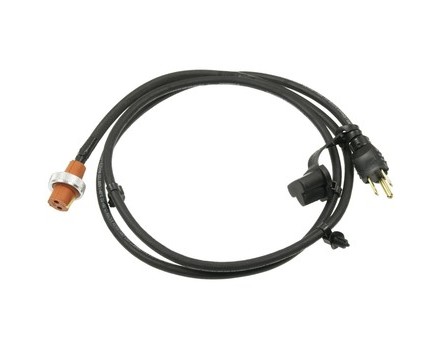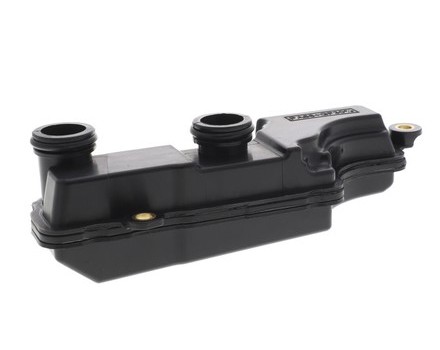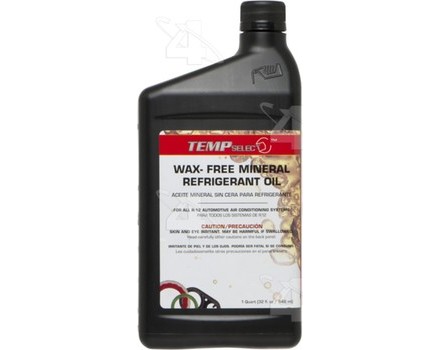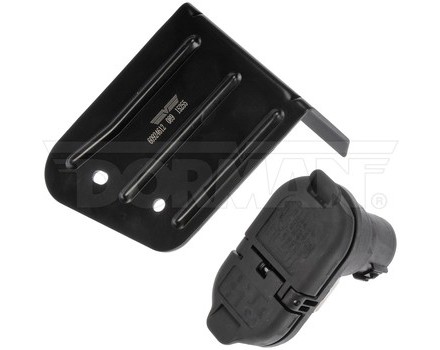Accessories and Fluids
Filter Options
Important: To get started, click the blue "Filter Options" button to select your vehicle and then use the filters to narrow your options.
Important: To get started, select your vehicle on the left and then use the filters to narrow your options.
What types of accessories and fluids are available for automotive vehicles?
Accessories and fluids for automotive vehicles can include oil, coolant, transmission fluid, brake fluid, power steering fluid, windshield washer fluid, and air conditioning refrigerant.
What is the purpose of each type of automotive accessory or fluid?
Oil provides lubrication for the engine, coolant helps keep the engine from overheating, transmission fluid helps to lubricate and cool the transmission, brake fluid helps to create hydraulic pressure in the brake system, power steering fluid helps to create hydraulic pressure in the power steering system, windshield washer fluid helps to clean the windshield, and air conditioning refrigerant helps to cool the air in the cabin.
How can I tell if my automotive accessory or fluid is faulty?
To determine if an automotive accessory or fluid is faulty, you should inspect it visually to look for signs of wear or damage. Additionally, you should check the levels of the fluid and check for any leaks. If the fluid levels are low or the fluid appears to be discolored, it may need to be replaced.
Can a faulty automotive accessory or fluid cause damage to my vehicle?
Yes, a faulty automotive accessory or fluid can cause damage to the vehicle. For example, a faulty coolant or oil can cause the engine to overheat and malfunction, and a faulty brake fluid can cause the brakes to malfunction.
How do I replace a faulty automotive accessory or fluid?
To replace a faulty automotive accessory or fluid, you should first make sure that you have the correct part for your vehicle. Then, drain the old fluid or accessory, install the new one, and refill it with the necessary fluid. The following steps should be taken:
- Verify the correct part for your vehicle.
- Drain the old fluid or accessory.
- Install the new one.
- Refill with the necessary fluid.
- Check for leaks.
